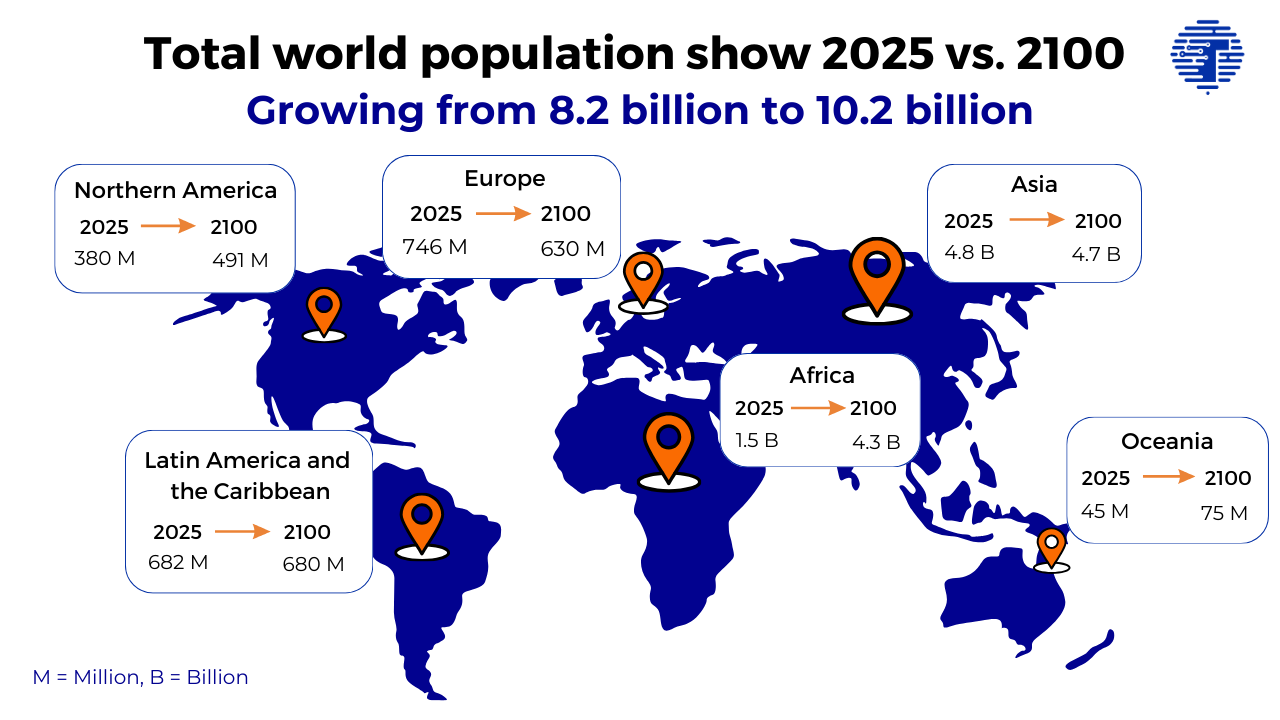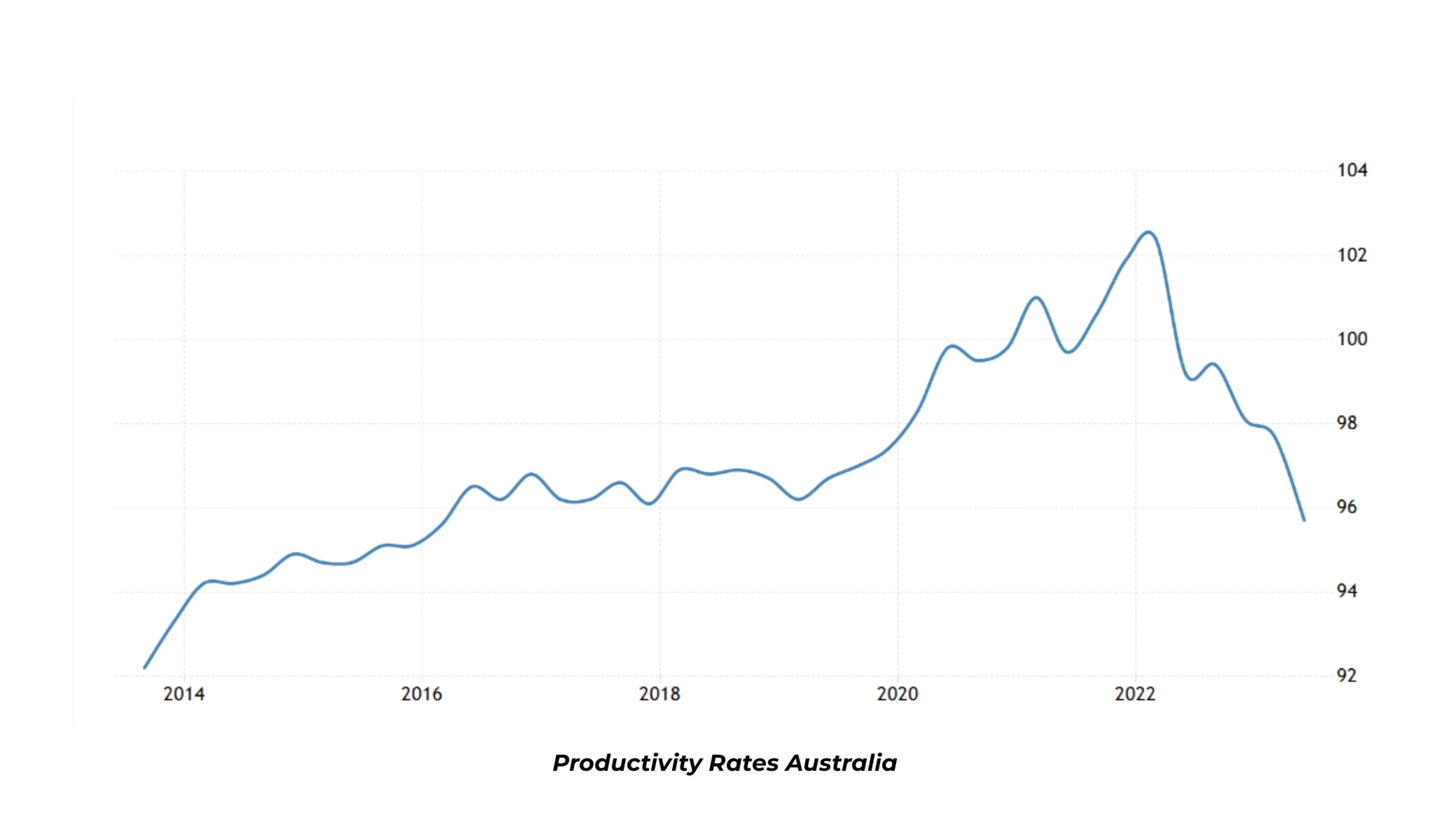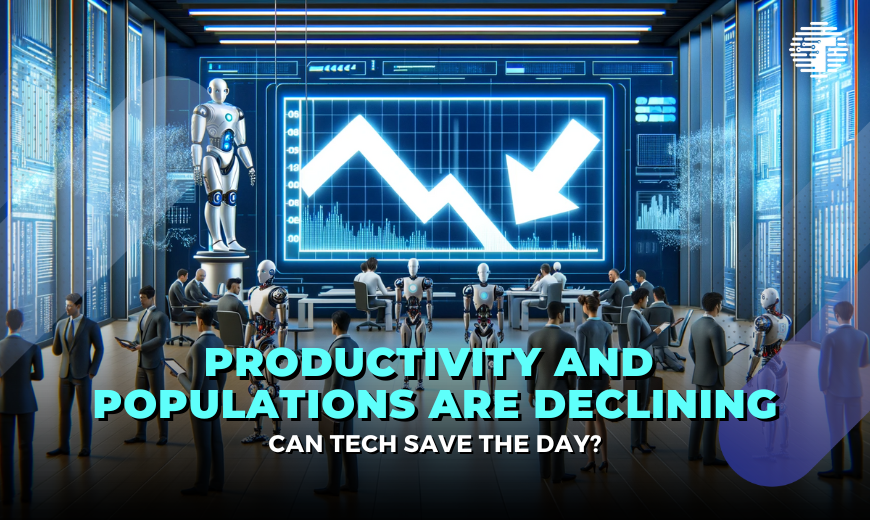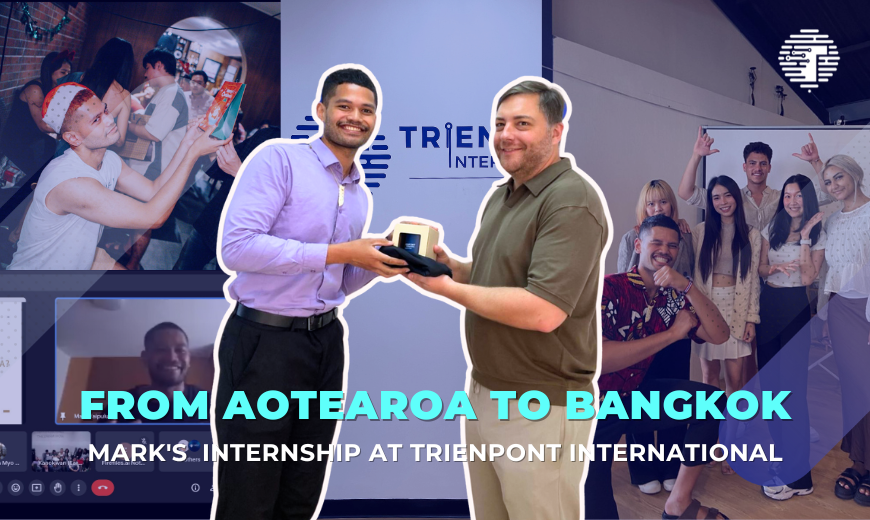Birth rates have been falling globally for decades, and the integration of automation systems into various sectors may be a contributing factor to this trend. According to the UN Population Fund, the average number of children born per female has more than halved in the last 70 years, with no sign of slowing down.
It might seem counterintuitive, but birth rates, especially in developed economies, are shown to drop off consistently. This is without enforced policies like those that have existed in China for decades.
Let’s have a look at some of the population forecasts by 2100:

So, what does this have to do with Tech?
Population decline is one thing, and could arguably be better for the world as a whole (considering food production, resources etc.). To make matters worse, workforces in many countries are rapidly ageing. In Australia, nearly 20% of the workforce is aged over 55 (an increase from around 10% in the 80s).
Thailand is losing nearly half a million people from its workforce every year. And if current trends continue, it will only get worse.
Focusing on Australia again, there has been a massive drop in productivity rates since 2022 (see chart below), along with GDP per hour worked. The reasons for this are beyond the scope of this article, but the long-term implications are massive.

Productivity Rates Australia
So what’s the solution? Well, improvements in AI can definitely help but they need to be utilised and implemented correctly. Robotic Process Automation (RPA) Workplace Process Automation (WPA) are two similar yet slightly different methods for tackling this pertinent problem.
Earlier this year, the advancement of technologies like Artificial General Intelligence (AGI) struck fear in the hearts of us mere mortals across the world. But is the fear justified?
T1000-style human-hunting AI-powered robots aside, our fears may be unfounded for the simple reason that our planet’s population is forecast to reach only 9.8 Billion by 2050 (from just over 8 billion today). By the turn of the next century, the same UN projections estimate the global population will only reach 10.9 billion.
Robotic Process Automation (RPA)
Don’t let the name confuse you, we’re not talking about humanoid style robots here replacing our jobs. RPA is like smart software. It uses virtual ‘robots’ to do repetitive tasks humans usually do, like entering data. It’s like a digital worker that never tires and always gets things right.
Imagine you get hundreds of emails daily with invoices. Instead of a person opening each email and entering the details into a database, RPA does it. It’s like a digital worker, sifting through each email, extracting the needed info, and updating the database, without tiring or making errors.
Some real world examples of RPA are:
1. Deutsche Bank – Developed a bot to handle 3,500 monthly account closure processes. Manually, each task would’ve taken 12 minutes, saving 700 hours monthly.
2. Walmart – Utilises bots for tasks like invoicing and order processing, substantially reducing administrative hours.
3. American Express GBT – Implemented RPA to automate the cancellation and refund of airline tickets, previously a time-intensive manual task.
Workplace Process Automation (WPA)
WPA is a step up. It combines human work and these ‘robots’ to get a whole job done efficiently. Think of it as making sure everything, whether done by a person or software, fits perfectly.
Think about organising a business conference. There are multiple steps: booking venues, sending invites, tracking RSVPs, and more. WPA ensures both humans and ‘robots’ work in sync. While the software could send out automated invites and track RSVPs, the human element might be engaged in personal interactions, negotiations, and decision-making. The system makes sure everything happens on time and in the right order.
Some real world examples of WPA are:
1. AirAsia – Automated several HR tasks, including leave requests and onboarding, freeing HR staff for more strategic roles.
2. Siemens – Used WPA to manage software licences automatically, ensuring compliance, preventing over-usage, and suggesting cost-saving opportunities.
3. Cisco – Employed WPA for quality assurance, leading to consistent results and significant time savings.
RPA tackles repetitive tasks like sorting emails, whereas WPA ensures a whole process, like event planning, runs smoothly with humans and software working together. Both aim to make businesses more efficient in a fast-paced digital world.
How can AI help?
Development of Large Language Models (LLM) and other AI tools exploded when Open AI launched ChatGPT back in November 2022. Suddenly, teams that had been working in silence or struggling to get noticed were at the forefront of daily conversations. Over $40 Billion was suddenly thrown into AI startups around the world.
With a plethora of constantly advancing technologies ready to be leveraged as part of a tailored business solution, WPA and RPA initiatives can reach unprecedented levels of automation.
But what does this actually mean for business owners, operators and leaders? It means there’s a torrent of new tools being released that, when utilised correctly, can be game changing for your business efficiency.
With so many choices available it can feel like you’re drowning in options. To cut through the noise and focus on what your business really needs, we recommend working with experienced industry experts who can diagnose your pain points, then create and implement a digital strategy and solution.
How can we implement automation in our organisations?
Rather than reinventing the wheel, a complete strategy has been laid out in this article from Grant Thornton Thailand. It’s comprised of six steps to achieve automation excellence, which are:
- Engage an experienced external agency to audit your business and identify the key area(s) which will benefit from automation, then select one to be used as a pilot or Proof of Concept (PoC);
- Develop an Automation Operating Model or “Master Plan” for automation;
- Create a Center of Excellence comprised of key stakeholders to guide the implementation of automation;
- Create scorecards to track KPIs related to the outcomes of automation projects;
- Outsource initial PoC and other automation processes while building an internal team;
- Train internal team members to become “Citizen Developers” to automate their own roles.
At Trienpont International, we believe it is key to take the time to carefully plan automation projects rather than rushing in. We take a solution-led approach, understanding the current processes, the needs of relevant stakeholders, and objectives of the project.
A 2020 report from Deloitte found that e78% of organisations surveyed had already implemented some form of RPA. In their 2022 survey, AI and Automation as a Service (AaaS) have emerged as future trends to improve and simplify the automation process for organisations.
With an aging workforce, declining productivity and decreasing populations impact business operations today and for the foreseeable future, the time to act is now.





